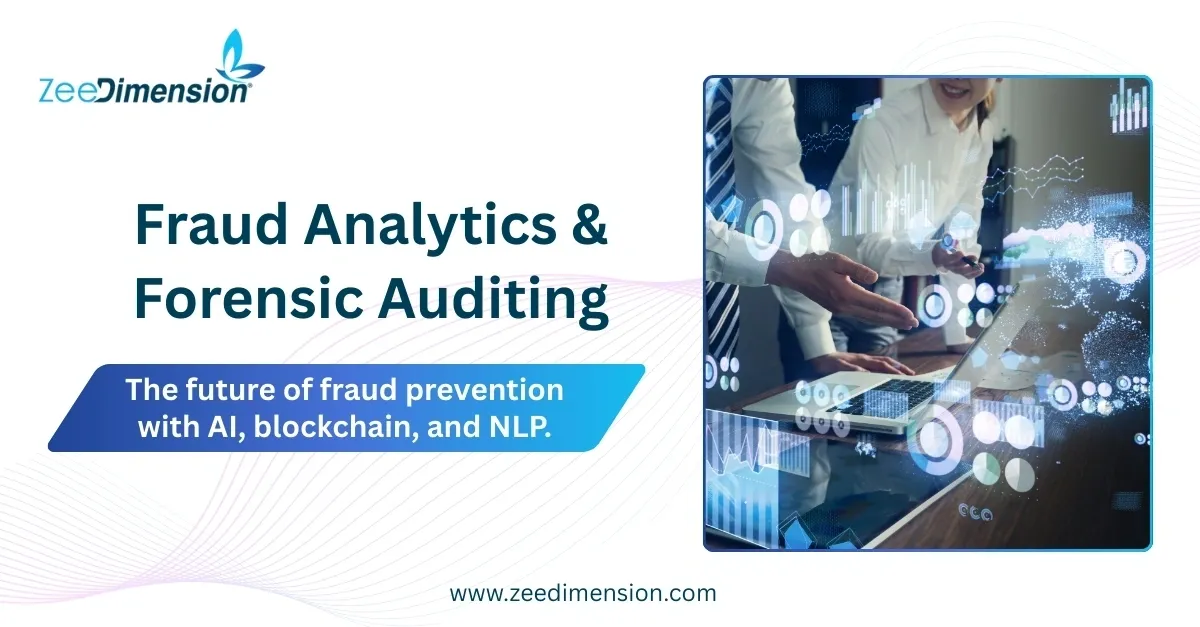
Fraud Analytics & Forensic Auditing
The Future of Fraud Prevention with AI, Blockchain, and NLP
Fraud is becoming more sophisticated, and traditional audits are no longer enough. Manual reviews and sample-based testing often react too late, leaving organizations exposed. To stay ahead, businesses need continuous, intelligent, and proactive auditing—powered by emerging technologies like Machine Learning, blockchain forensics, and Natural Language Processing (NLP).
Continuous Fraud Detection with Machine Learning
Machine Learning enables real-time monitoring of every transaction, instantly detecting unusual patterns and adapting as fraud tactics evolve. Instead of waiting for periodic audits, organizations can catch issues as they happen. For example, a retailer can stop revenue leakage by identifying abnormal discounting behavior before it grows into a major loss.
Blockchain Forensics for Crypto Assets
As digital assets grow, so does the risk of fraud in cryptocurrencies and decentralized finance. Blockchain forensics allows auditors to trace transactions across wallets, detect money laundering, and uncover hidden connections between suspicious accounts. Regulators, for instance, have used blockchain analysis to expose fraud rings laundering millions through decentralized exchanges.
NLP Unlocks Insights from Unstructured Data
Fraud doesn’t just hide in financial records; it often lives in unstructured data such as emails, contracts, and employee communications. NLP makes it possible to analyze these sources for collusion, bribery, hidden risks, or shifts in communication tone that suggest misconduct. In one case, NLP flagged risky supplier clauses that manual reviews had completely overlooked.
The Convergence of AI, Blockchain, and NLP
Individually, these technologies are powerful. Together, they redefine forensic auditing. Machine Learning provides continuous monitoring, blockchain brings transparency to digital assets, and NLP extracts insights from unstructured data. The convergence of these tools enables a new era of intelligent fraud analytics that is proactive rather than reactive.
Challenges and the Road Ahead
This transformation does not come without challenges. Privacy compliance, managing false positives, and upskilling auditors in AI, blockchain, and NLP remain critical concerns. However, the direction is clear: fraud prevention is moving from reactive detection to proactive resilience, and from sample-based testing to full coverage.
Building Skills for the Future
Organizations need auditors who understand both traditional practices and modern technologies. Certifications, such as the Solidity Smart Contract Auditor program, provide professionals with the skills to audit smart contracts, detect vulnerabilities, apply blockchain forensics, and report findings effectively.
Conclusion
Fraud analytics and forensic auditing are entering a new phase—where continuous monitoring, digital asset forensics, and advanced NLP come together to protect organizations. By embracing these technologies, auditors move beyond compliance and become strategic guardians of trust, transparency, and resilience.







